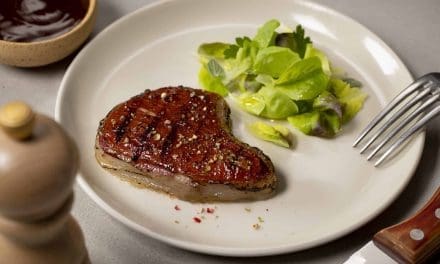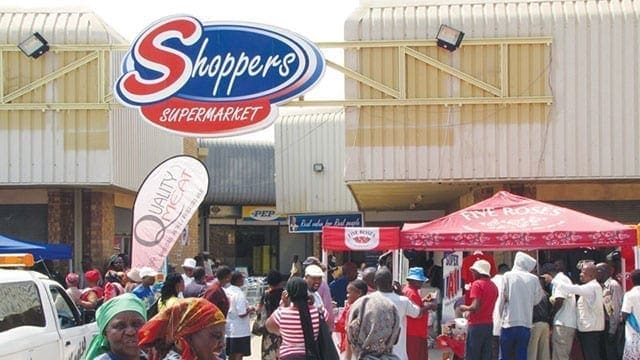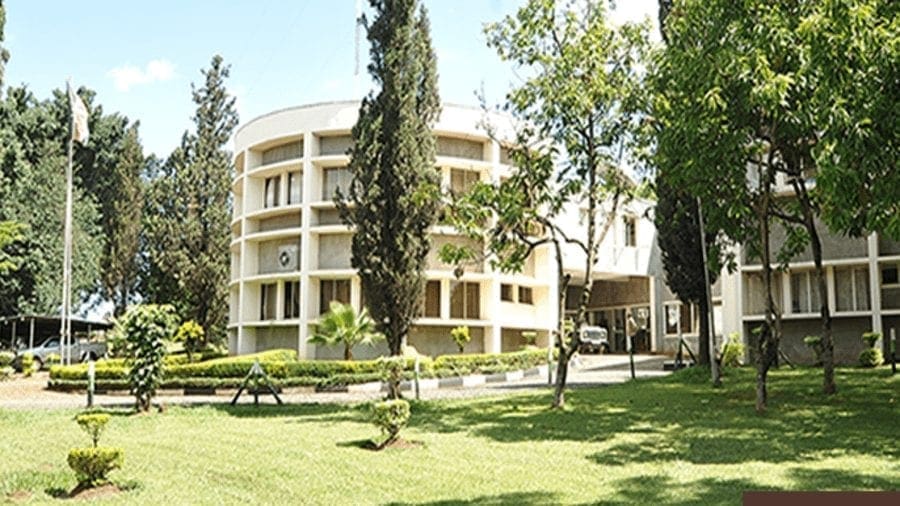SOUTH AFRICA – Drought-stricken South Africa should be able to import enough white maize to meet the needs of consumers who regard the yellow variety as only fit for livestock, Agriculture Minister Senzeni Zokwana said yesterday.
In South Africa, white maize is made into pap, the main source of calories for many households, but a critical shortage looms after the country experienced its driest year on record in 2015.
“Everything is on track so people will not be exposed to yellow maize… There will be white maize available for human consumption and yellow maize for animal feed,” Zokwana said.
He said the aim was to “stagger imports at the ports to prevent congestion” to ensure enough white maize made its way to millers for production into pap.
He said the ministry had been in talks with two of the country’s biggest food companies – Tiger Brands and Pioneer Food – about the issue, and was confident that “we will have enough white maize”.
Yellow maize is cheaper and more widely grown.
White maize is cultivated in southern Africa, but neighbouring countries have little to spare this year and Zambia yesterday suspended the export of the grain to ease local shortages.
Mexico and the US are South Africa’s main sources for white maize, which has roughly doubled in price over the past year, fuelling food price increases and inflation.
Grain SA, a producer group, estimates South Africa will need to import more than a million tons of white maize in the next marketing year, beginning on May 1. National white maize consumption is about 4.4 million tons a year.
South Africans have a cultural aversion to eating yellow maize, which they consider to be cattle fodder.
So the ANC has a political incentive to ensure their pap is made from the white variety.
The government had committed to R1 billion for drought relief for all of the farmers and was monitoring the situation closely, Zokwana said.
The drought, triggered by a powerful El Niño and other weather patterns, has parched grazing lands and Zokwana said more than 186 000 cattle and sheep had perished to date as a result – about 2 percent of the national herd.
That number would probably climb as not all provinces had reported their numbers yet, Zokwana said.
“Our intervention prevented what could have been a catastrophe,” he said, especially in areas where small-scale farmers graze cattle on communal lands.
“We have been building feed lots in rural areas that people can put all their oxen and bulls in that are not meant for breeding, so they are able to sell them and keep the money,” Zokwana said.
“When the drought is over, you can buy again,” he added – REUTERS
April 7, 2016; http://www.iol.co.za/business/news/sa-able-to-source-enough-white-maize-to-meet-demand-2005653









